Coming to Japan in spring, visitors cannot miss the experience of cherry blossom viewing. |
Cherry blossoms and plum blossoms are blooming brightly in the sky
Spring in Japan usually lasts from March to May. The weather is still a bit chilly due to the influence of winter. In March, the highest temperature is only about 13 degrees Celsius, and at night it drops to about 5 degrees Celsius. In April, the temperature increases slightly, about 10-18 degrees Celsius. In May, the temperature fluctuates between 15-23 degrees Celsius.
Coming to Japan in spring, visitors cannot miss the experience of cherry blossom viewing. Cherry trees are planted everywhere, from parks, on the streets, in the mountains or along the river with more than 50 different varieties of cherry blossoms. Depending on the temperature, the blooming time is also different. Southern regions such as Okinawa, Kyushu, Shikoku, flowers bloom earliest from early March thanks to the warm climate. Meanwhile, in central regions such as Tokyo, Kyoto, Osaka, flowers bloom from mid-March to early April. In the North such as Tohoku, Hokkaido, due to the colder weather, flowers bloom later, from late April to early May.
Chidorigafuchi Park, located near the Tokyo Imperial Palace, is also a great and romantic spot for cherry blossom viewing. It is famous for its rows of cherry blossom trees lining the lake, creating a stunning scene when the flowers bloom in the spring. Visitors can stroll along the lakeside to enjoy the stunning cherry blossoms, or rent a boat along the canal for a unique view from below.
Similarly, with its unique star-shaped architecture, Goryokaku Park in Hakodate, Hokkaido is also a famous cherry blossom viewing spot in Japan. Thousands of cherry trees in full bloom create a sea of bright pink in the park area, creating a romantic and impressive scene.
When it comes to cherry blossoms, people often think of the Hanami Festival. Hanami in Japanese means “flower viewing”. When the cherry blossoms are in full bloom, families, couples or groups of friends gather to view the flowers, enjoy sakura dishes and sip sake. Therefore, the Hanami Festival is not only about enjoying the cherry blossoms but also an opportunity to connect people with nature, with historical values and traditional culture.
One of the unique features of the Hanami Festival is its “mobility”. Since the cherry blossom season varies from region to region in Japan, the festival location will also be moved accordingly. This gives visitors from all over the world the opportunity to enjoy the romantic beauty of cherry blossom season throughout the land of the rising sun.
Spring is also the time when convenience stores in Japan sell cherry blossom-flavored foods and drinks. If you have the chance, take the time to enjoy a Sakura Latte with some cherry-flavored chocolate or Sakura Mochi wrapped in pickled cherry blossom leaves.
Traditional cultural festival features
Not only does it bring a fresh and vibrant natural landscape, an indispensable beauty of Japanese Spring is its traditional cultural festivals.
Sanja Matsuri is one of the spring festivals that is deeply imbued with the traditional culture of the Land of the Rising Sun. The festival is held in Tokyo in the third week of May every year to commemorate the three gods who founded Sensoji Temple. The festival's ritual takes place when more than 100 mikoshi palanquins are carried down the street to parade. The meaning of this religious activity is to wish local businesses more and more prosperity in the new year.
Hina Matsuri, a doll festival for girls, is held every March 3. This festival originated from the ancient custom of Hina Nagashi, in which nobles would release paper or wooden dolls into rivers or seas with the belief that the dolls would ward off bad luck and misfortune for their daughters.
On the day of the Hina Matsuri festival, families will gather, decorate and share with each other about their doll collections. Then, they will join a small party together, enjoying traditional dishes such as: Hishi - mochi rice cakes, Sekihan red bean rice, colorful cakes...
If Hina Matsuri is a festival for girls, Koinobori Matsuri is a festival for boys. This festival is held from late March to the end of May in Gunma Prefecture.
According to the custom of this occasion, families with sons will hang carp-shaped streamers - Koinobori - in front of their houses. The colorful streamers flying in the spring sky mean praying for the boys to have strong health and a brave spirit.
Coming to Japan in the spring, you also have the opportunity to experience the Hiwatari festival (fire crossing festival). This is a traditional festival of Yakouin Takaosan Temple with the event of walking on fire with bare feet of monks. After putting out the fire, ordinary people can also try walking barefoot. Many people believe that performing this ritual will bring good luck.
Besides, you will also have many opportunities to enjoy other unique festivals such as Kurayami Dark Festival, Bunkyo Plum Blossom Festival or Meiji Shrine Festival...
ORIGINAL
Source: https://baobariavungtau.com.vn/du-lich/202503/lang-man-sac-xuan-xu-phu-tang-1036205/


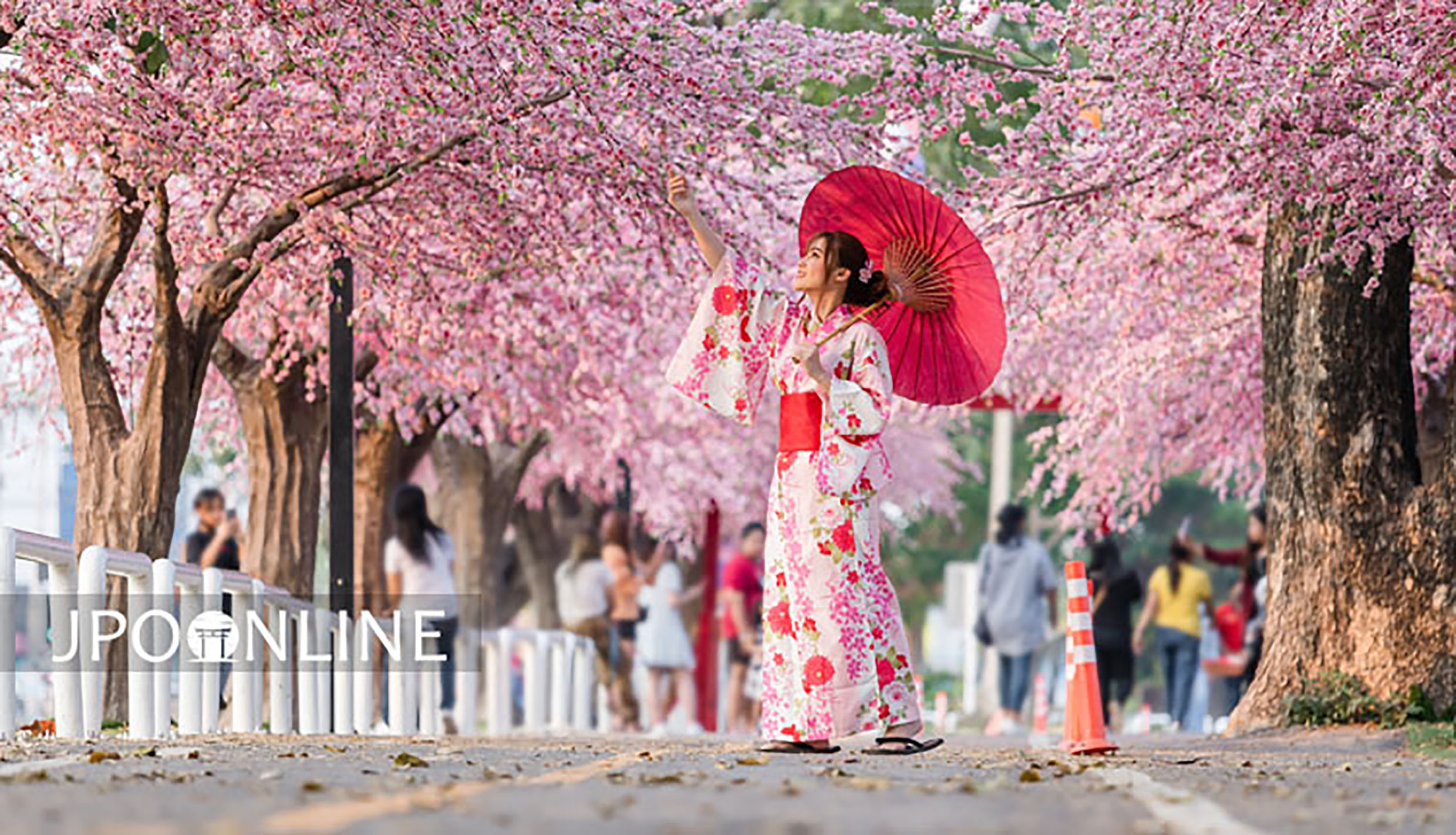
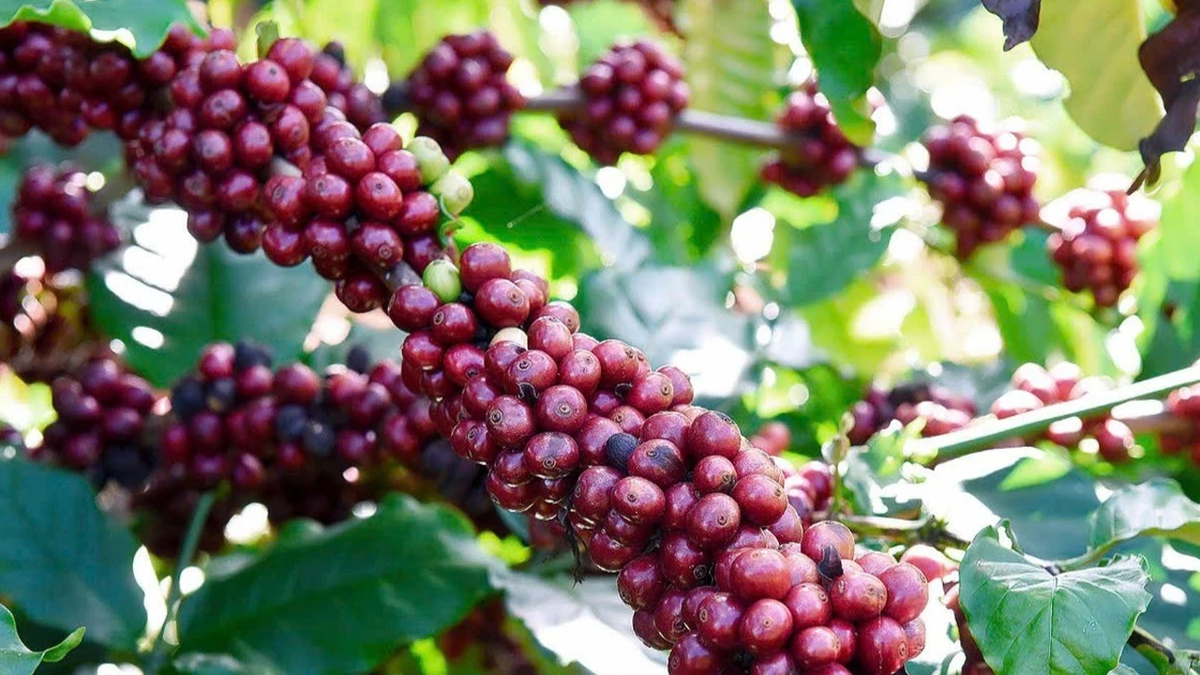
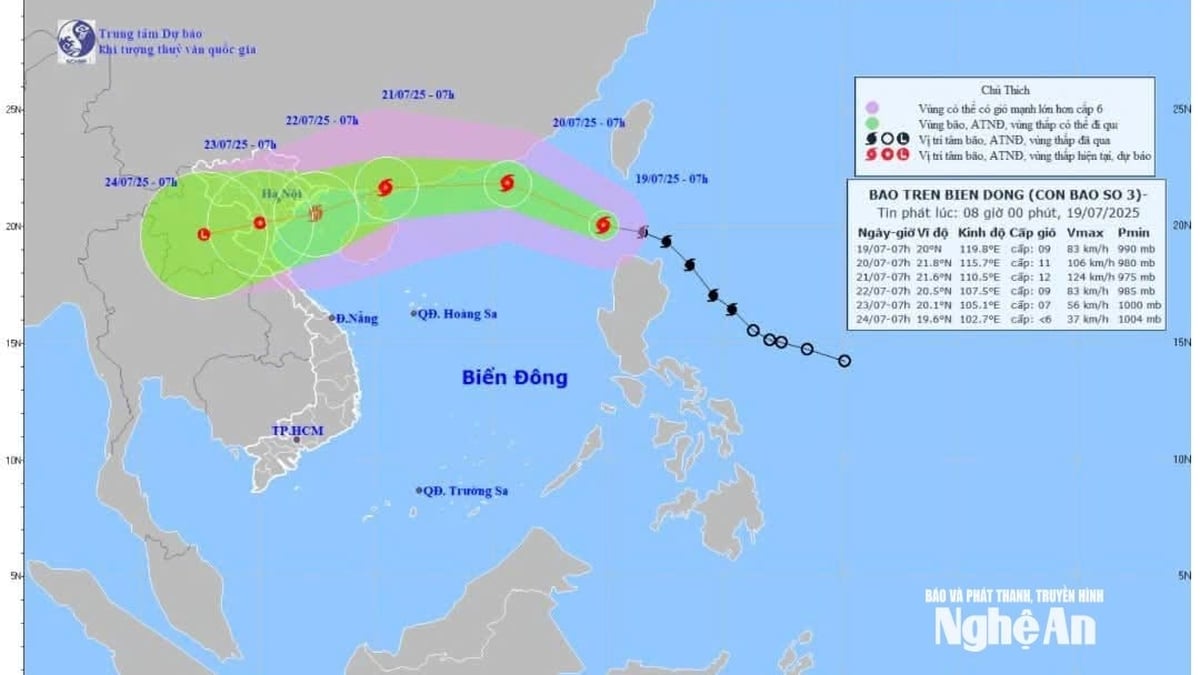
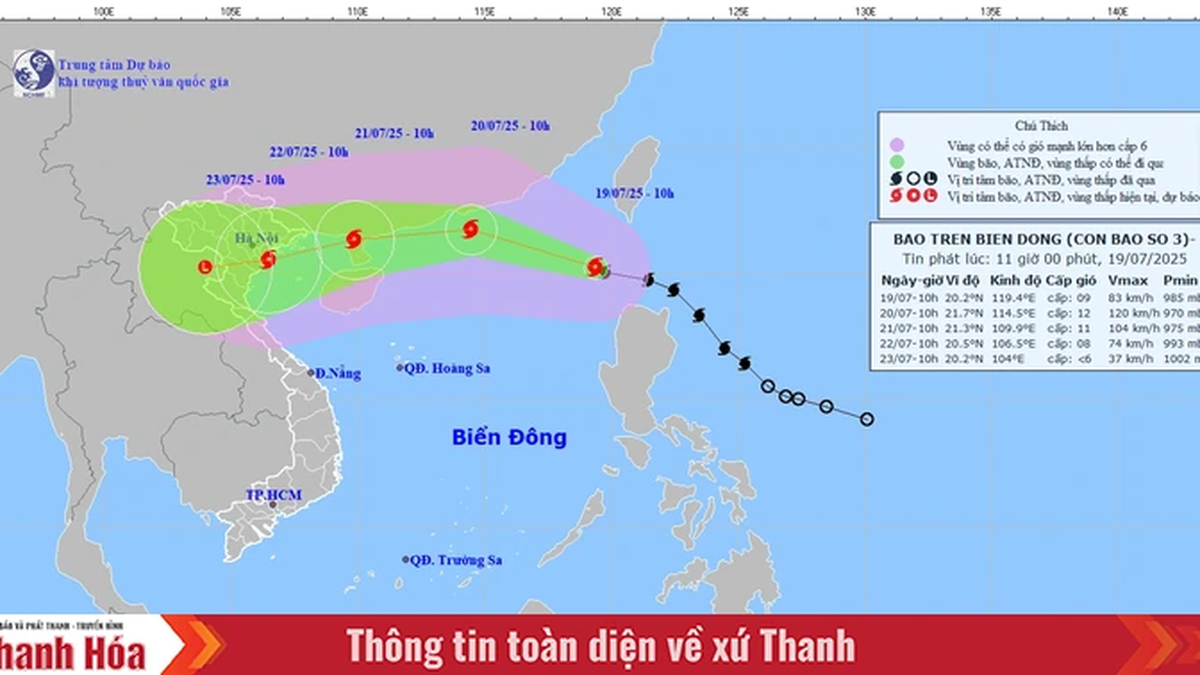

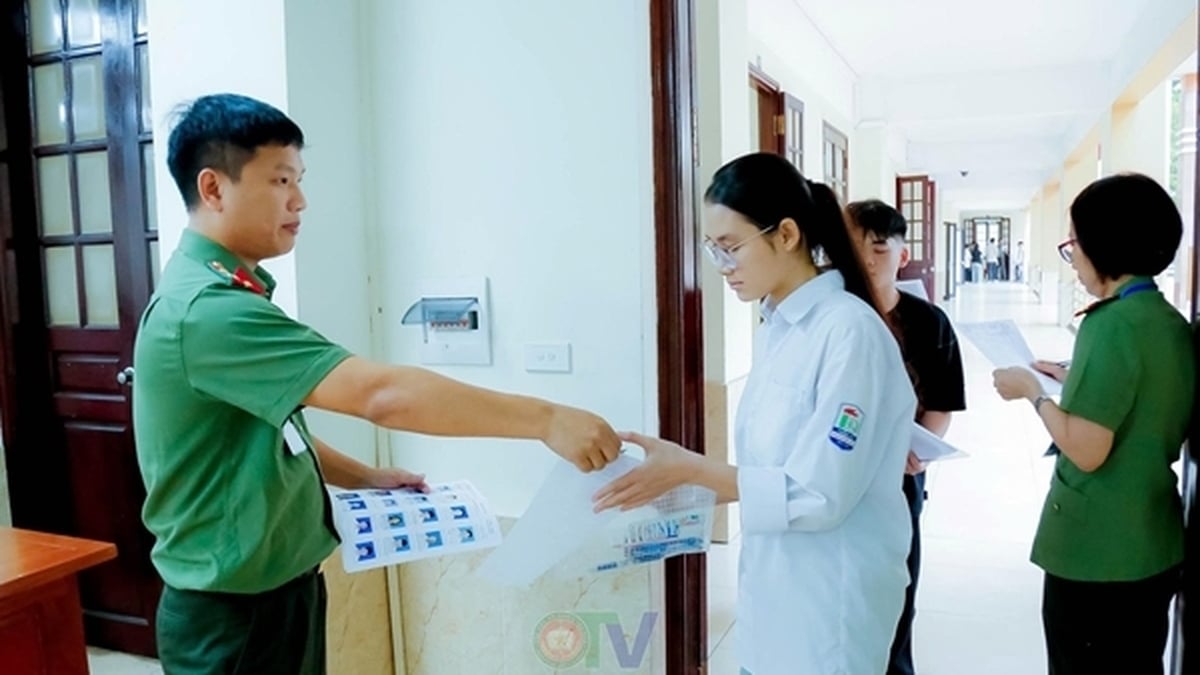


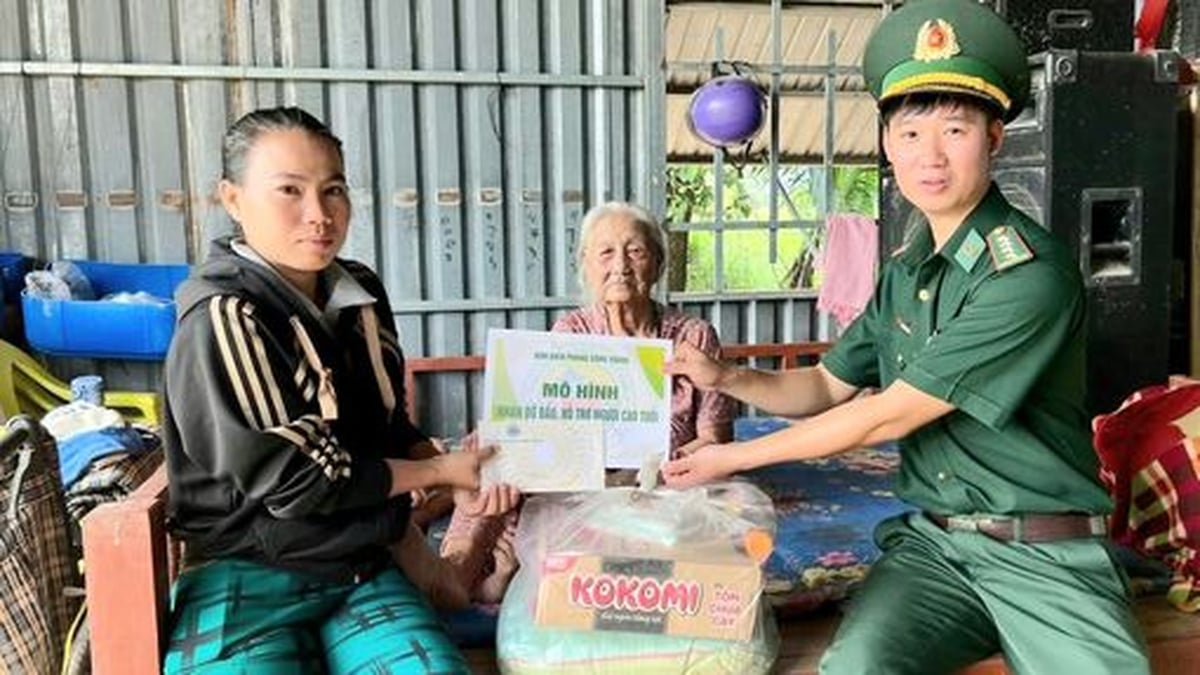

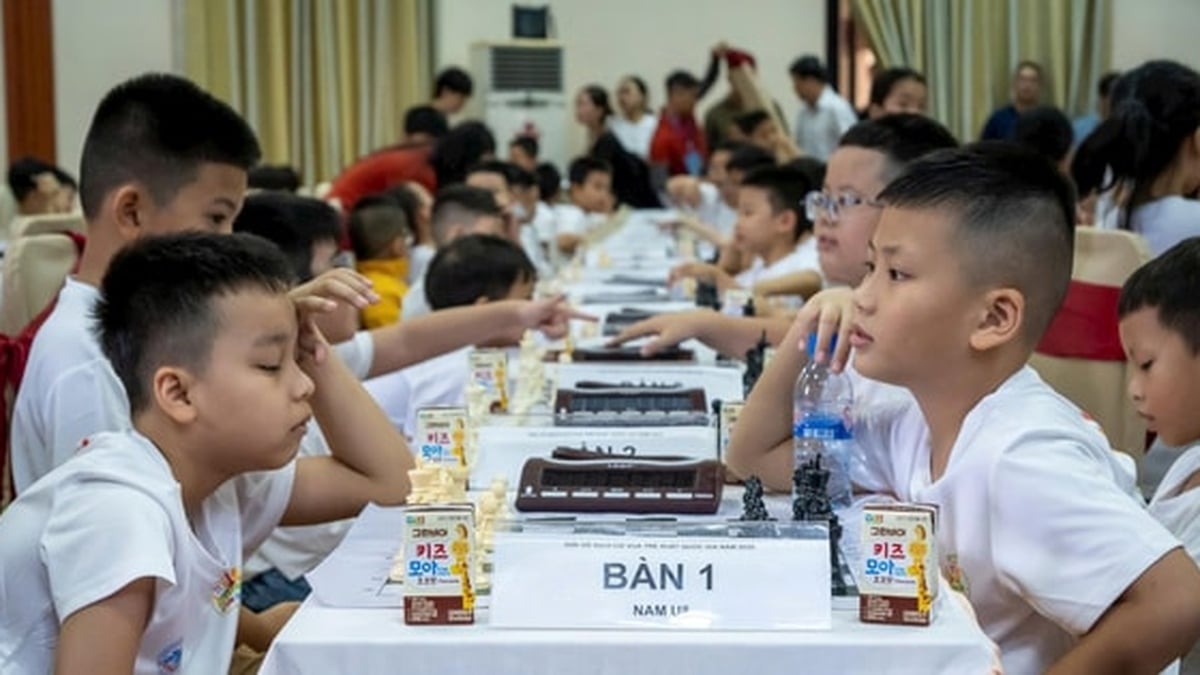





















































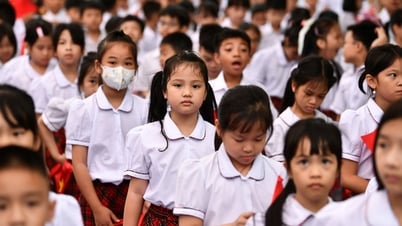
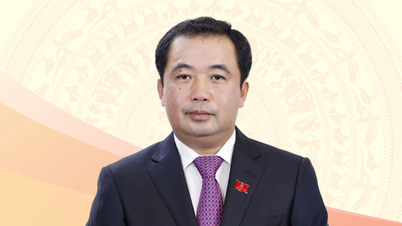
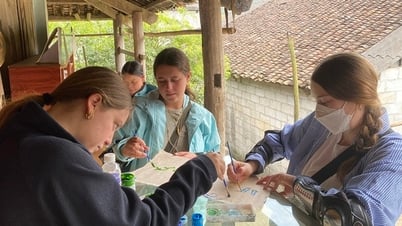




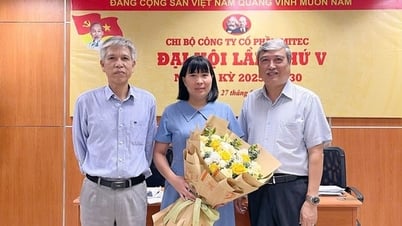



























Comment (0)